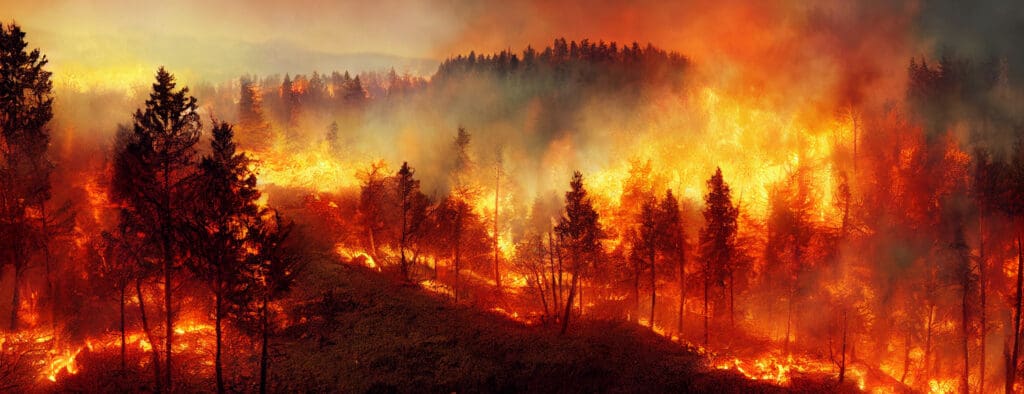Wildfire Smoke Monitoring Solutions
As wildfire seasons grow longer and more intense, the health risks posed by wildfire smoke have become a major concern across the United States. Among the states most affected, California, Oregon, and Washington have taken the lead in implementing specific regulations to protect workers and communities from the harmful impacts of wildfire smoke.
Why Are Wildfire Smoke Regulations Necessary?
Wildfire smoke contains many harmful pollutants, including fine particulate matter (PM2.5), carbon monoxide, and volatile organic compounds (VOCs). PM2.5, in particular, poses significant health risks because it can penetrate deep into the lungs and enter the bloodstream, leading to respiratory issues, cardiovascular problems, and other health conditions. With millions of acres burned annually and air quality frequently reaching hazardous levels, it has become critical for states to regulate exposure to wildfire smoke, especially for outdoor workers and vulnerable populations.
California’s Wildfire Smoke Regulations
California was the first state to implement formal regulations addressing occupational exposure to wildfire smoke. The state’s regulations, enforced by the California Division of Occupational Safety and Health (Cal/OSHA), became effective in 2019 and apply to workplaces where the Air Quality Index (AQI) for PM2.5 reaches 151 or higher. Key provisions include:
- Air Quality Monitoring: Employers are required to monitor air quality at worksites using real-time monitoring equipment or from public sources like AirNow
- Communication: Employers must inform workers about current air quality conditions and potential health risks associated with wildfire smoke.
- Protective Measures: When AQI exceeds 151, employers must implement control measures, such as relocating workers to areas with better air quality or providing enclosed structures with filtered air.
- Respiratory Protection: If AQI exceeds 500, employers must provide N95 respirators or equivalent protection and ensure their proper use.
California’s proactive approach serves as a model for other states, emphasizing both monitoring and protective actions to mitigate health risks.
Oregon’s Wildfire Smoke Regulations
Oregon’s wildfire smoke regulations, which went into effect in 2022, build on California’s framework while addressing specific needs within the state. Overseen by the Oregon Occupational Safety and Health Administration (Oregon OSHA), these rules apply to outdoor workplaces and take effect when the AQI for PM2.5 reaches 101 or higher, a lower threshold than California’s. Key provisions include:
- Lower AQI Threshold: Oregon requires action at an AQI of 101, reflecting a more precautionary approach compared to California.
- Air Quality Assessments: Employers must continuously assess air quality at worksites using reliable data from government sources.
- Control Measures: When AQI exceeds 101, employers must take steps to reduce exposure, such as rescheduling work, providing filtered air shelters, or modifying work schedules.
- Respiratory Protection: Oregon’s regulations mandate that employers provide N95 respirators to workers when AQI exceeds 101 and ensure their voluntary use. At an AQI of 251 or higher, respirator use becomes mandatory.
By lowering the AQI action threshold and emphasizing proactive measures, Oregon’s regulations reflect a heightened focus on protecting workers from the health impacts of wildfire smoke.
Washington’s Wildfire Smoke Regulations
Washington implemented its wildfire smoke regulations in 2022, following the example set by California and Oregon. These rules, enforced by the Washington State Department of Labor and Industries (L&I), aim to protect outdoor workers from wildfire smoke exposure. Washington’s regulations take effect when the AQI for PM2.5 reaches 69 or higher, the lowest threshold among the three states. Key provisions include:
- Low AQI Action Level: Washington’s regulations activate at an AQI of 69, ensuring earlier intervention to protect workers.
- Air Quality Monitoring: Employers must monitor air quality conditions using data from approved sources and communicate this information to workers.
- Exposure Controls: At AQI levels above 69, employers must implement measures to reduce exposure, such as moving work to cleaner areas or rescheduling tasks.
- Respiratory Protection: Employers must provide respirators at an AQI of 69 and encourage their use. At an AQI of 101 or higher, respirator use becomes mandatory.
Washington’s approach demonstrates a commitment to early intervention and underscores the importance of protective measures even at moderate levels of air pollution.
Key Differences Between the States
While California, Oregon, and Washington share the common goal of reducing wildfire smoke exposure, their regulations differ in several important ways:
| Aspect | California | Oregon | Washington |
|---|---|---|---|
| AQI Action Threshold | 151 | 101 | 69 |
| Mandatory Respirator Use | AQI > 500 | AQI > 277 | AQI > 101 |
| Mandatory Respirator Use | Air quality monitoring required | Continuous air quality assessment | Air quality monitoring required |
-
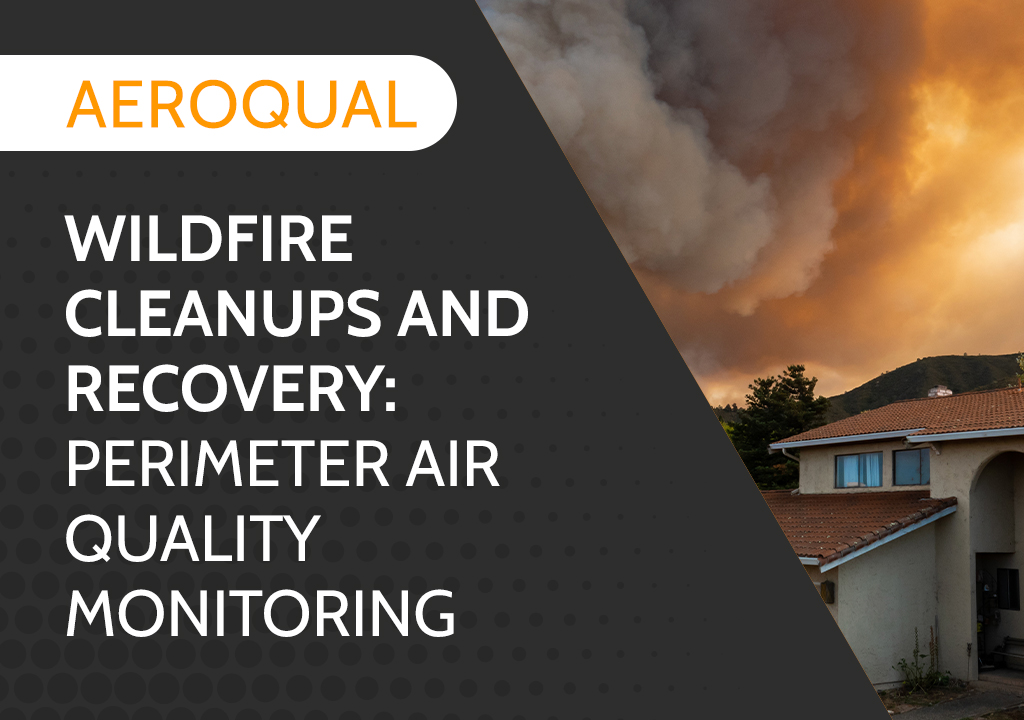 Wildfire Cleanups and Recovery: Perimeter Air Quality Monitoring
Wildfire Cleanups and Recovery: Perimeter Air Quality Monitoring -
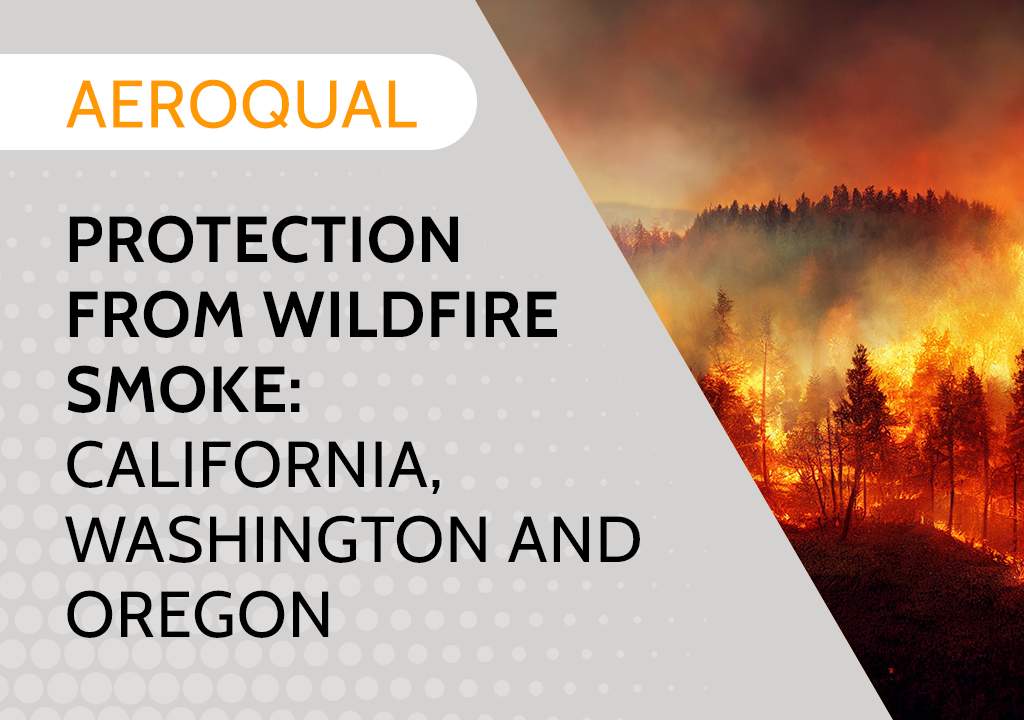 Protection from Wildfire Smoke – California, Washington and Oregon
Protection from Wildfire Smoke – California, Washington and Oregon -
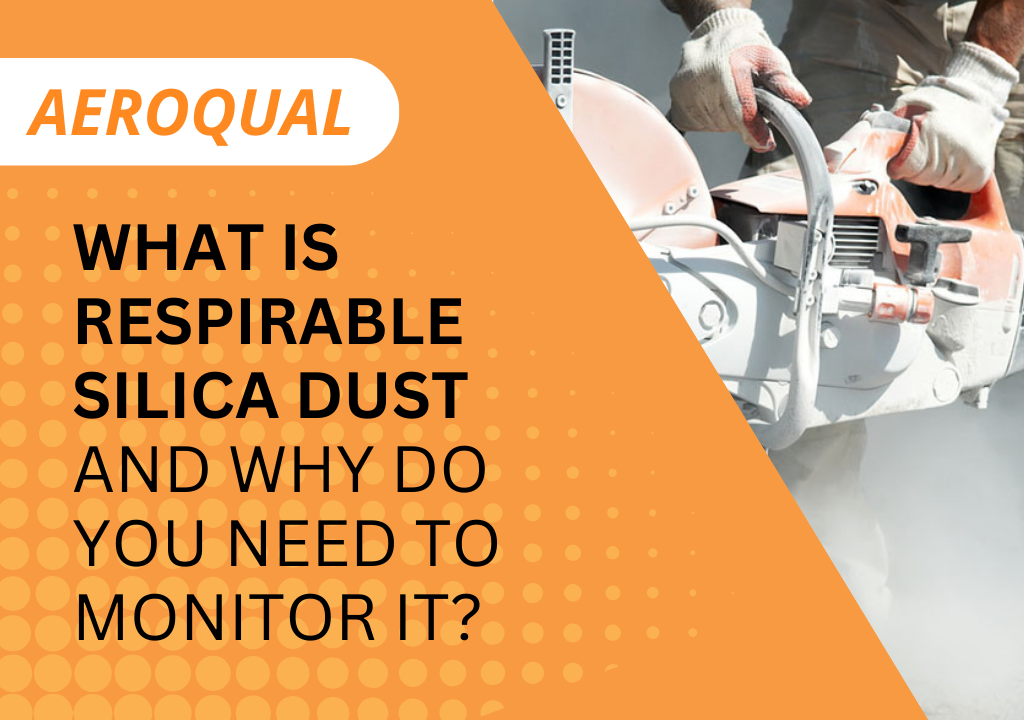 What is Respirable Silica Dust and Why Do You Need to Monitor It?
What is Respirable Silica Dust and Why Do You Need to Monitor It? -
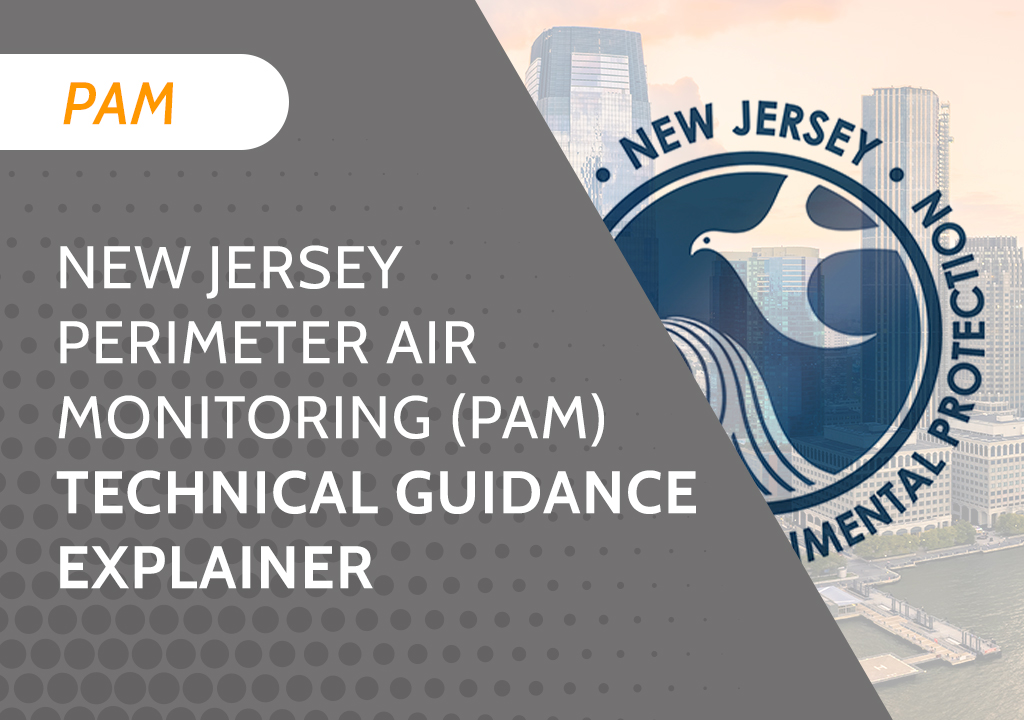 New Jersey Perimeter Air Quality Monitoring (PAM) Technical Guidance Explainer
New Jersey Perimeter Air Quality Monitoring (PAM) Technical Guidance Explainer -
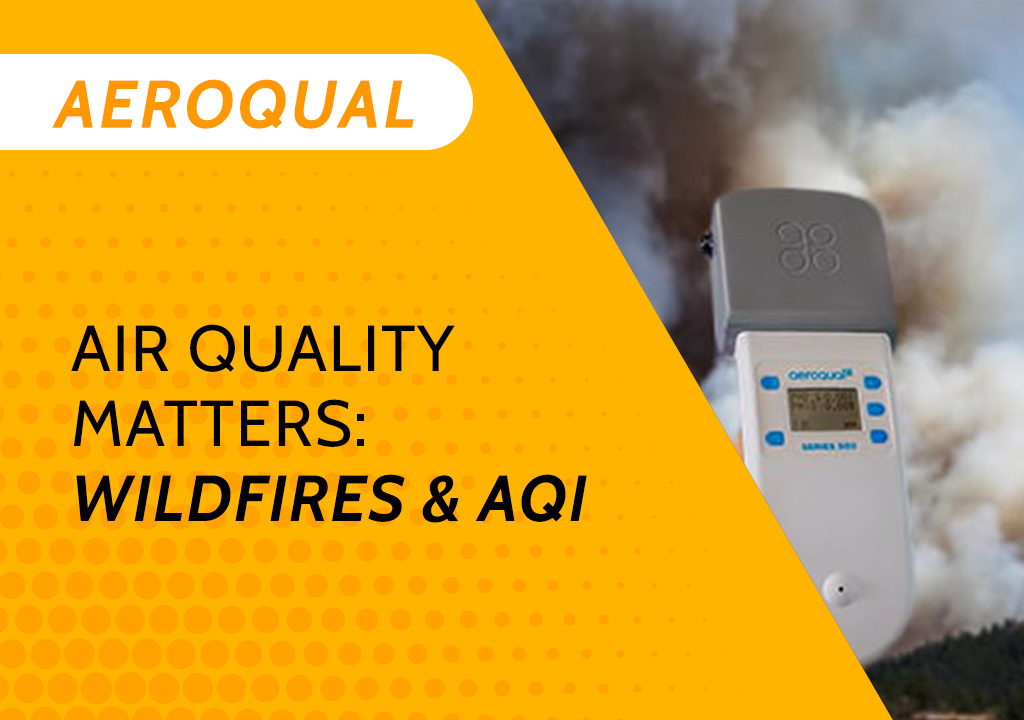 Air Quality Matters: Wildfires & AQI
Air Quality Matters: Wildfires & AQI -
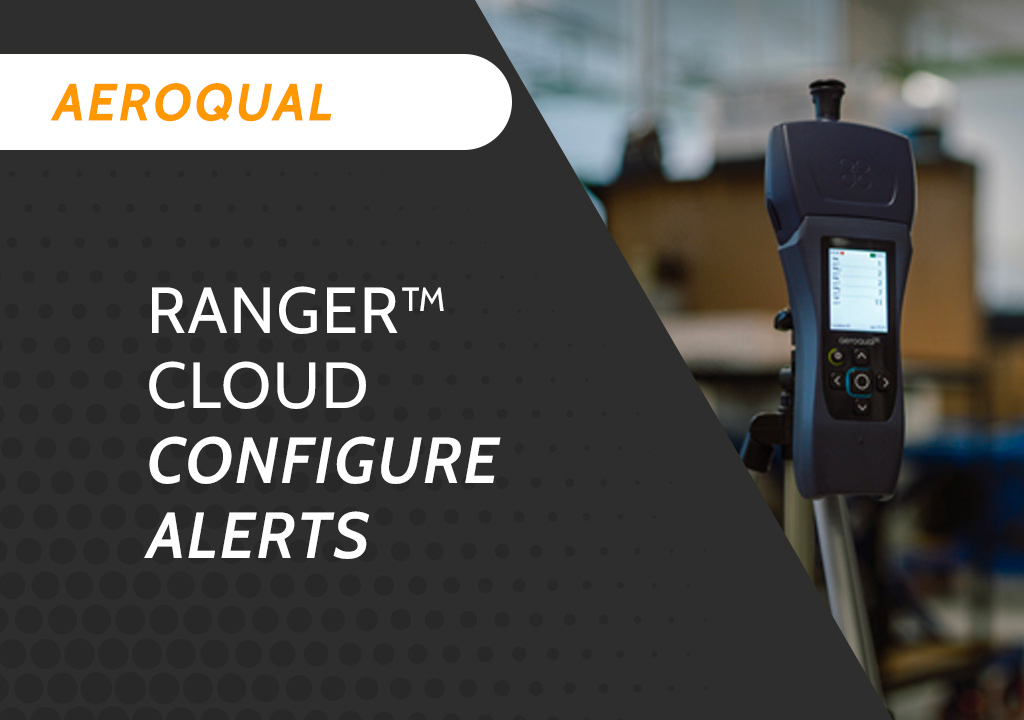 Aeroqual Ranger™ Cloud from Specto Technology - Configure Alerts
Aeroqual Ranger™ Cloud from Specto Technology - Configure Alerts -
 Aeroqual Ranger™ Cloud from Specto Technology - Connect to Wi-Fi
Aeroqual Ranger™ Cloud from Specto Technology - Connect to Wi-Fi -
 Aeroqual Ranger™ Cloud from Specto Technology - Swapping Sensor Heads
Aeroqual Ranger™ Cloud from Specto Technology - Swapping Sensor Heads -
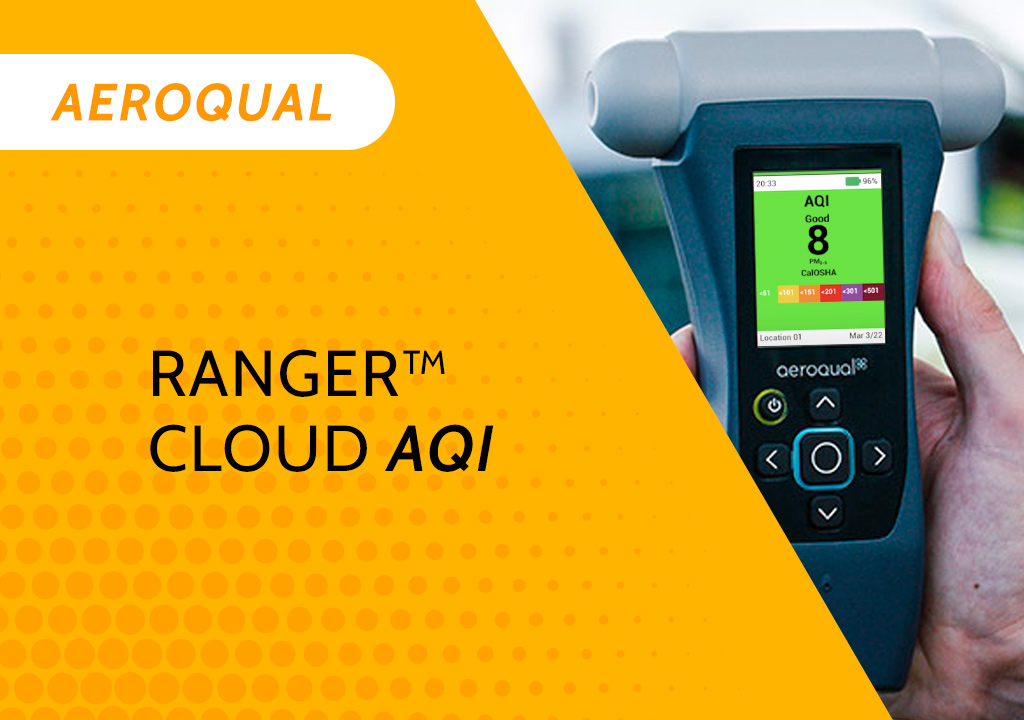 Aeroqual Ranger™ Cloud from Specto Technology AQI
Aeroqual Ranger™ Cloud from Specto Technology AQI -
 Assembly of a pole mounted solar panel system (3 panels)
Assembly of a pole mounted solar panel system (3 panels)

